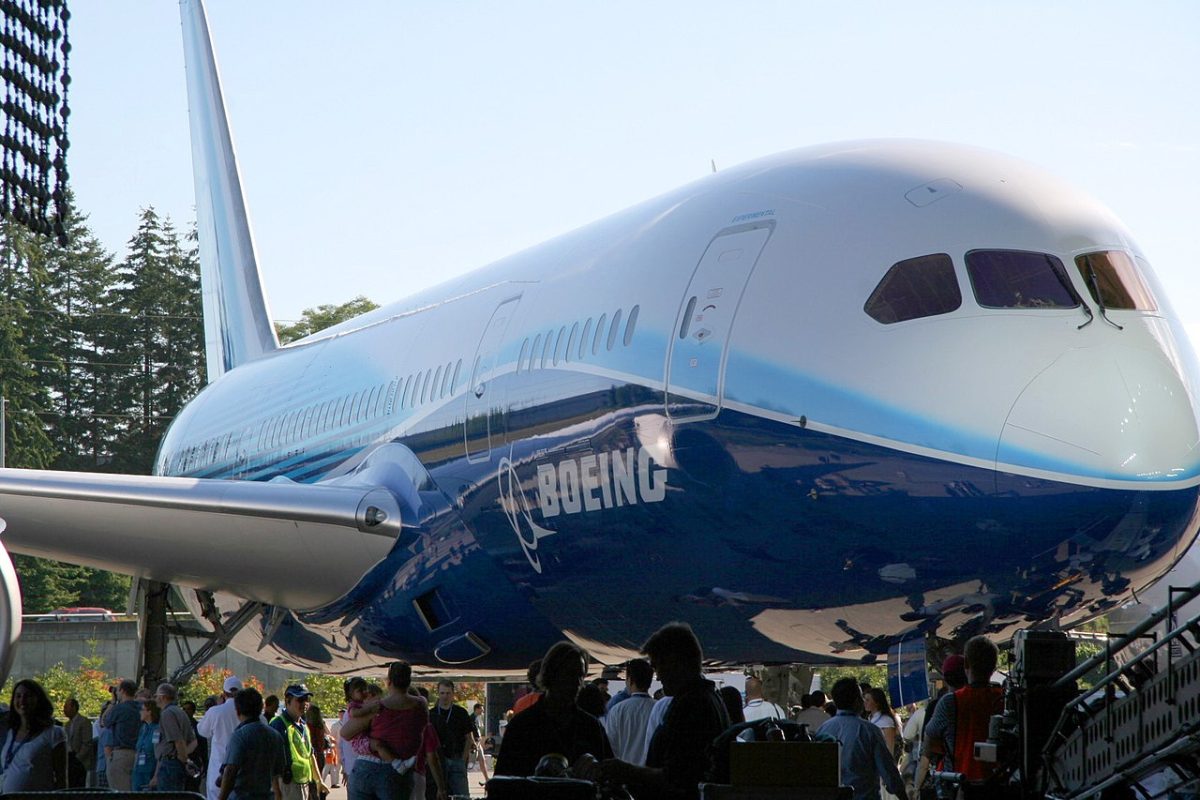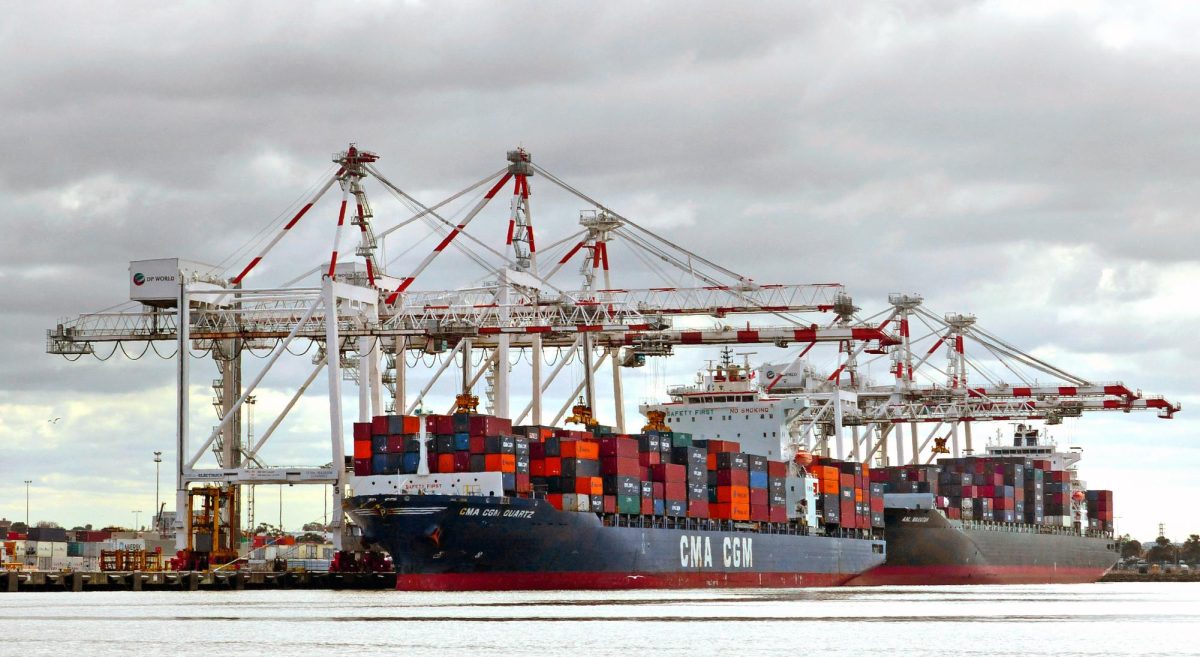Starting on Jan. 5 with an incident on an Alaska Airlines flight, The Boeing Company’s planes have been increasingly malfunctioning across airlines, leading to multiple investigations and rising concerns from the public.
The current turmoil surrounding Boeing is not new as the corporation’s reputation on safety had been previously tarnished by a series of quality control lapses.
After a door blew out shortly after takeoff on an Alaska Airlines 737 Max 9 mid-flight, the Federal Aviation Administration ordered a temporary grounding and immediate inspection of Boeing 737 9 Max planes. The grounding affected a total of 171 planes, 79 belonging to United Airlines and 65 to Alaska Airlines, but while Alaska Airlines took the biggest share of cancellations and a $150 million hit, several airlines shared losses in the hundreds of millions of dollars.
It was not the first time the Max planes have been grounded. After the model was introduced in 2017, it contributed to two crashes in 2018 and 2019 in Indonesia and Ethiopia, respectively, killing everyone aboard both planes.
Following the accidents, a two-year worldwide grounding was ordered and an 18-month investigation by the House Transportation and Infrastructure Committee concluded that Boeing defrauded safety regulators to avoid additional pilot training. The company was charged with one count of conspiracy to defraud the United States but was allowed to avoid prosecution.
Boeing was fined nearly $244 million and ordered to pay $2.5 million to crash victims’ families, airlines and airline customers.
After design changes and new pilot training requirements enforced by the settlement, the plane was once again cleared for takeoff in 2020 as the FAA claimed that the aircraft was compliant with air safety regulators worldwide.
However, during a six-week audit ordered post-Alaska incident in January, the FAA found 97 instances of regulation noncompliance, suggesting that the safety culture in Boeing had not improved. The FAA also uncovered that many employees were not clear on their responsibilities or questioned the orders given to them.
United and Alaska both reported finding loose hardware during inspections after Jan. 5, leading the FAA to open an investigation into whether Boeing failed to ensure the manufactured design complied with settlement requirements. In addition to the FAA, the National Transportation Safety Board and the Department of Justice have started their respective investigations.
“We will cooperate fully and transparently with the FAA and the NTSB on their investigations,” Boeing said in a statement.
“In an event like this, it’s normal for the DOJ to be conducting an investigation, we are fully cooperating and do not believe we are a target of the investigation,” a spokesperson for Alaska said.
Despite Boeing’s promise, it has failed to provide the NTSB with documents essential for the inquiry. After contacting Boeing CEO David Calhoun, Jennifer Homendy, the Chair of NTSB, reported the company was “unable to provide that information and maintained that Boeing has no records of the work being performed.”
“Without that information, that raises concerns about quality assurance, quality management, safety management systems,” Homendy said.
In early February, the NTSB concluded that the plane likely left the Boeing facility without essential bolts to hold the door in place, leading it to inevitably break off.
In the following weeks, Boeing planes would suffer a series of mechanical failures. On March 7, a Boeing 777 lost a tire departing San Francisco, crushing at least one car below, and the next day, a Boeing 737 slid off the runway after an issue with its landing gear at the George Bush International Airport in Houston, with no injuries.
On March 9, it was reported that John Barnett, a former quality control manager at a Boeing facility, was found dead of an allegedly self-inflicted wound after giving a deposition in a whistleblower retaliation case. Barnett repeatedly accused Boeing of prioritizing profits over safety and actively encouraging employees not to document any issues.
“Boeing’s number one priority should be the safety of the flying public,” Barnett said on Ralph Nader Radio Hour in 2019. “And the last six years that I worked with them, that is the last thing on their mind… Because it’s just about kicking airplanes out and making the cash register ring.”
Although Boeing continues to issue statements admitting fault, promising to emphasize safety and to “develop a comprehensive action plan with measurable criteria that demonstrates a profound change,” accidents persist.
As the investigations continued, the FAA asked Boeing to address the quality control issues. Still, since Jan. 5, Boeing airplanes have appeared in the news almost weekly as they continue to slide off runways, lose tires and doors or cause cockpit accidents.









